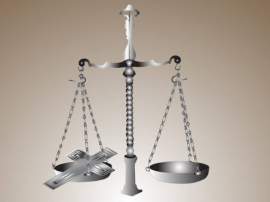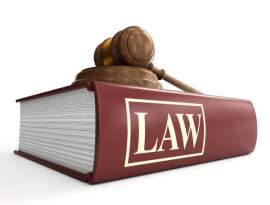
Writ of Certiorari: All You Need to Know

Must Read
What is a Writ of Certiorari?
A Writ of Certiorari is a legal instrument enacted within Courts – or legal venues – rooted within Common Law; this legal act is an order mandated by a ‘higher court’, which requires a ‘lower court’ to provide pertinent documentation, transcripts, and case details compiled during the hearing that had taken place. The rule of four – in conjunction with a prospective Writ of Certiorari is a legal ideology undertaken by the Supreme Court of the United States with regard to an petition for appeal; this rule states that at least 4 of the 9 presiding Supreme Court Justices must collectively agree in the necessity of an appeal hearing before the Supreme Court – this methodology involves judicial review in order to deem specific cases to be valid to undergo an appeal. The Latin translation of the term ‘Writ of Certiorari’ is defined as ‘To Make Certain’ or ‘Motion to Ascertain’; currently less than 5% of cases set forth for secondary review are accepted for supplemental hearings:
Writ of Certiorari in Appellate Courts
An appeal is a legal instrument or procedure allowing citizens to request a secondary hearing or supplementary judicial review from a higher court subsequent to the receipt of an initial ruling from a lower court. An appellate court, which is the classification of the Supreme Court of the United States, is a legal venue with the jurisdictional authority to retry, review, or reexamine specific cases that have received rulings from lower courts; in order to for a case for an appeal to be brought before an appellate court, that appellate court will perform judicial review with regard to the preexisting ruling and order that a Writ of Certiorari be issued for case review.
Writ of Certiorari and Common Law
Within the legal field of Common Law, the procedure of judicial review undertakes a methodology of legal hierarchy with regard to the management of legal matters. Courts classified as ‘lower courts’ are named as the legal venues in which the initial judgments and ruling were mandated, while courts named as ‘higher courts’ are typically the recipients of petitions with regard to the judicial discretion with regard to retrials and supplementary judicial review.
Writ of Certiorari Legislation
The following legislative acts have been instituted with regard to the act of Writ of Certiorari:
The Judiciary Act of 1891 was a piece of legislature whose inception took place within the Appellate Court of the United States, which stated that every appeals case was entitled to be heard before the Supreme Court of the United States
The Judiciary Act of 1925 was a piece of legislation passed disallowing subsequent appeals set forth by individual State – or lower courts – following a decision rendered by the Supreme Court of the United States; this act was undertaken in order to allow for supplemental discretion with regard to which cases or appeals could be heard before the Supreme Court
The Supreme Court Case Selections Act of 1988 mandated that the receipt of a Writ of Certiorari was the single classification of eligibility for a case to undergo judicial review by the Supreme Court
NEXT: Case Law




















